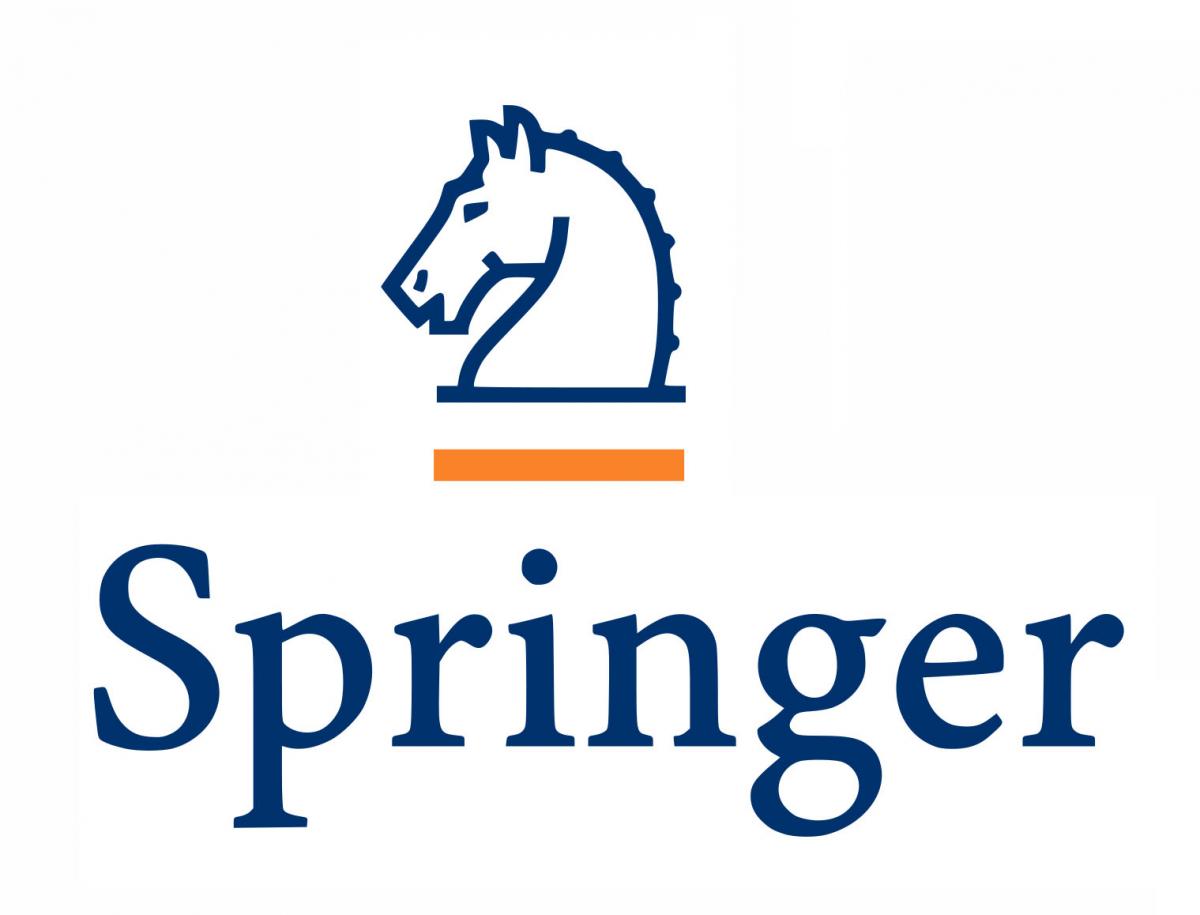Hector Gomez, Purdue University
Cavitating flows are ubiquitous in engineering and science. Despite their significance, a number of fundamental problems remain open; and our ability to make quantitative predictions is very limited. The Navier-Stokes-Korteweg equations constitute a fundamental model of cavitation, which has potential for predictive computations of liquid-vapor flows, including cavitation inception —one of the most elusive aspects of cavitation. However, numerical simulation of the Navier-Stokes-Korteweg equations is very challenging, and state of the art simulations are limited to very small Reynolds numbers, open flows (no walls), and in most cases, micrometer length scales. The computational challenges emerge from, at least, (a) the presence of third-order derivatives in the governing equations, (b) a complicated eigenstructure of the spatial partial-differential operators in the governing equations, which limits the use of standard finite volume techniques, and (c) the need to resolve the liquid-vapor interface, which without special treatment, has a thickness in the order of nanometers. Here, we present a stabilized discretization scheme that permits, for the first time as far as we are aware, large-scale simulations of wall-bounded flows with large Reynolds numbers. The proposed stabilization scheme is a residual-based approach that emanates from the eigenstructure of the equations and outperforms standard stabilization schemes for advection-dominated problems. We feel that this work opens possibilities for predictive simulations of cavitation.











